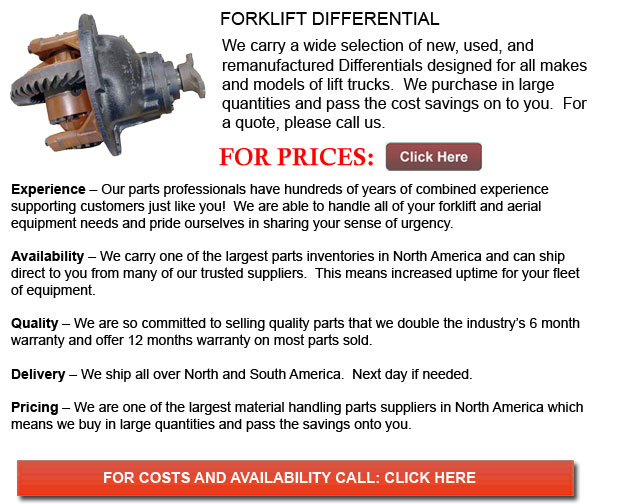
Forklift Differentials - A mechanical tool which could transmit torque and rotation via three shafts is referred to as a differential. Sometimes but not at all times the differential would employ gears and will operate in two ways: in automobiles, it receives one input and provides two outputs. The other way a differential operates is to put together two inputs to be able to produce an output that is the average, difference or sum of the inputs. In wheeled vehicles, the differential enables all tires to rotate at various speeds while supplying equal torque to each of them.
The differential is designed to drive a set of wheels with equivalent torque while allowing them to rotate at different speeds. While driving round corners, an automobile's wheels rotate at various speeds. Certain vehicles like for instance karts work without a differential and make use of an axle in its place. If these vehicles are turning corners, both driving wheels are forced to spin at the same speed, usually on a common axle which is driven by a simple chain-drive mechanism. The inner wheel needs to travel a shorter distance than the outer wheel when cornering. Without a differential, the consequence is the outer wheel dragging and or the inner wheel spinning. This puts strain on drive train, causing unpredictable handling, difficult driving and deterioration to the tires and the roads.
The amount of traction needed to move the vehicle at any given moment is dependent on the load at that moment. How much friction or drag there is, the vehicle's momentum, the gradient of the road and how heavy the automobile is are all contributing factors. Among the less desirable side effects of a conventional differential is that it can reduce grip under less than ideal situation.
The torque provided to every wheel is a result of the transmission, drive axles and engine applying a twisting force against the resistance of the traction at that particular wheel. The drive train could normally provide as much torque as necessary except if the load is very high. The limiting factor is usually the traction under each and every wheel. Traction can be defined as the amount of torque that can be produced between the road surface and the tire, before the wheel starts to slip. The automobile would be propelled in the planned direction if the torque applied to the drive wheels does not go over the limit of traction. If the torque used to every wheel does go over the traction threshold then the wheels will spin constantly.
![]() Click to Download the pdf
Click to Download the pdf
Forklift Parts
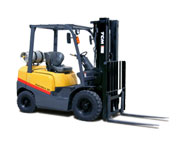
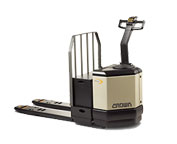
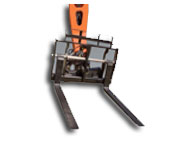
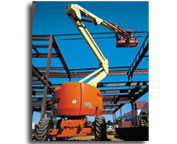
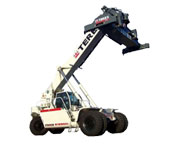
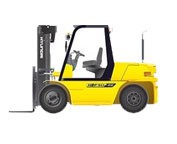
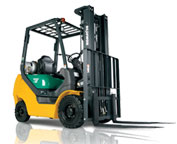
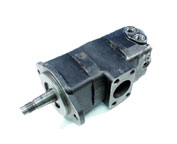
Lift Parts Express
TOLL FREE: 1-888-695-7994
LOCAL: (408) 329-1759
1030 East El Camino Real #408
Sunnyvale, California
forkliftpartssunnyvale.com
Email Us
About Us


